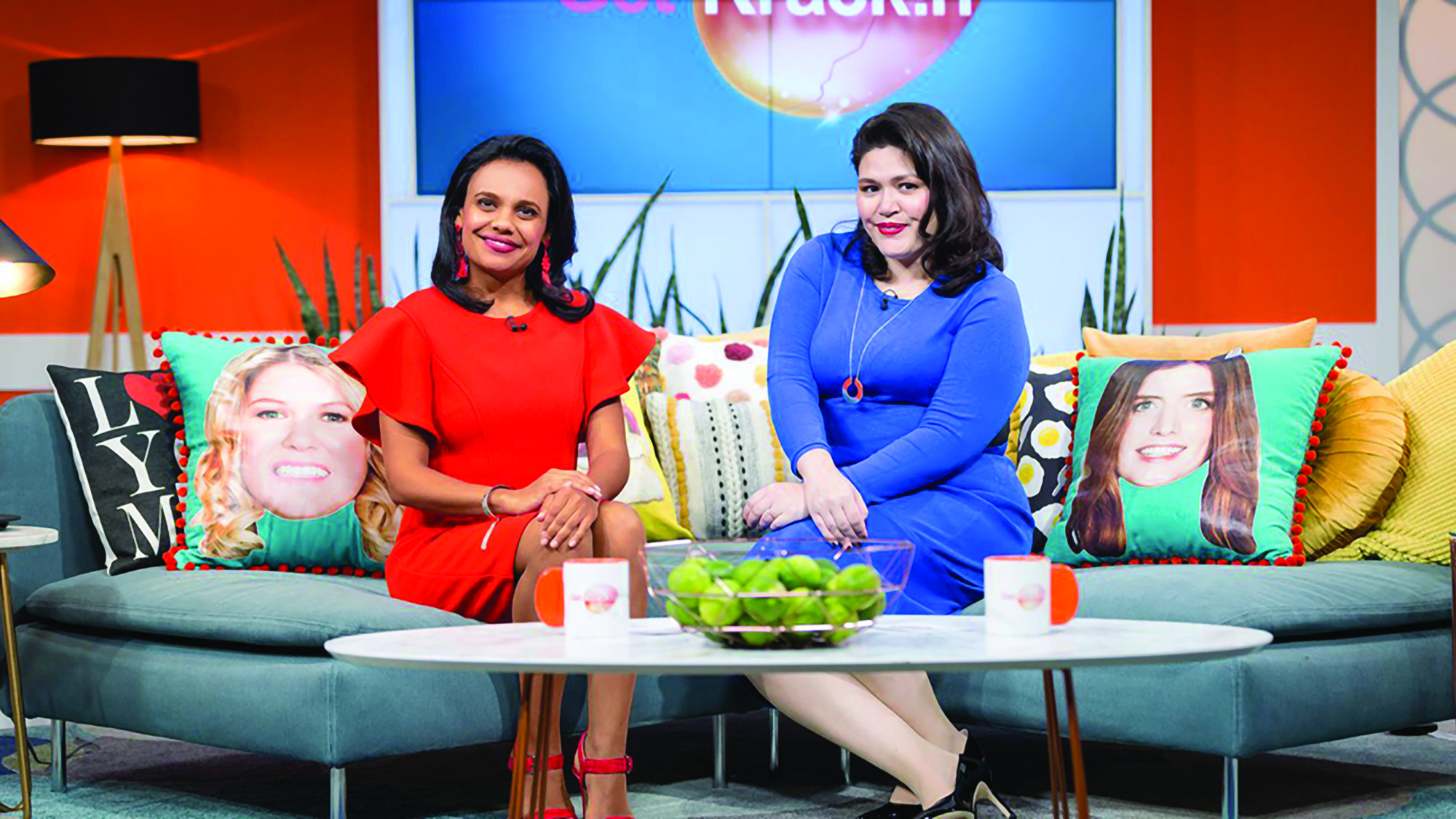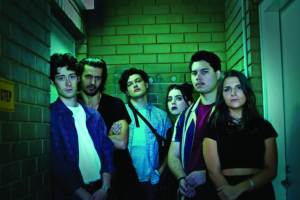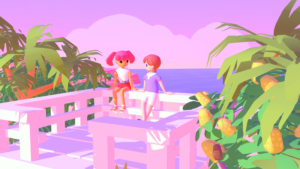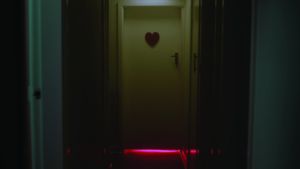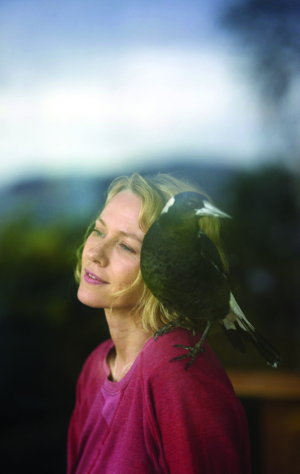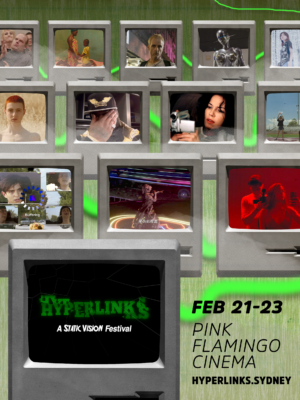Throughout Western history there has been much debate over the relationship between gender and humour.[1]See, for example, Kate Sanborn, The Wit of Women, Funk & Wagnalls, New York, 1885; Alessandra Stanley, ‘Who Says Women Aren’t Funny?’, Vanity Fair, 3 March 2008, <https://www.vanityfair.com/news/2008/04/funnygirls200804>, accessed 15 August 2019; Nancy A Walker, A Very Serious Thing: Women’s Humor and American Culture, University of Minnesota Press, Minneapolis, 1988; and Rosie White, ‘Funny Women’, Feminist Media Studies, vol. 10, no. 3, 2010, pp. 355–8. Even with the presence of funny female actors, writers and comedians, the label of ‘unfunny’ has lingered over the heads of women, especially within the hyper-visible space of popular culture.[2]Stanley, ibid.; and White, ibid., pp. 355–8. From the late twentieth century until the present day, female comedy has been typecast as performances of humour centred on domesticity, bodily functions and stages of life.[3]Peter Dickinson et al., ‘Introduction: Dorothy Parker’s Headache’, in Dickinson et al. (eds), Women and Comedy: History, Theory, Practice, Fairleigh Dickinson University Press, Plymouth, UK, 2013, pp. xix–xxiv. This style was regarded as being directed at a female audience and, while considered ‘funny’, was not legitimated as an expression of intelligent humour; as media theorist Nancy Walker remarks, it was deemed ‘a sharing of experience rather than a demonstration of cleverness’.[4]Walker, op. cit., p. xii. However, it could also be argued that female comedians have used this type of humour to pry open the door into a male-dominated field. As Australian comedian Denise Scott noted in a 2011 interview, if men are culturally afforded the creative licence to ‘talk about masturbation and their dicks till the cows come home’, then women should have the same liberty.[5]Denise Scott, quoted in Katherine Feeney, ‘Stand-up Sisters Are In on the Joke’, The Sydney Morning Herald, 24 February 2011, <https://www.smh.com.au/entertainment/standup-sisters-are-in-on-the-joke-20110223-1b5hc.html>, accessed 15 August 2019. Yet, while female comedy has evolved over the last fifty years, the diverse range of identities and lived experiences that fall under the ‘female comedy’ banner have not always been adequately represented on the screen.
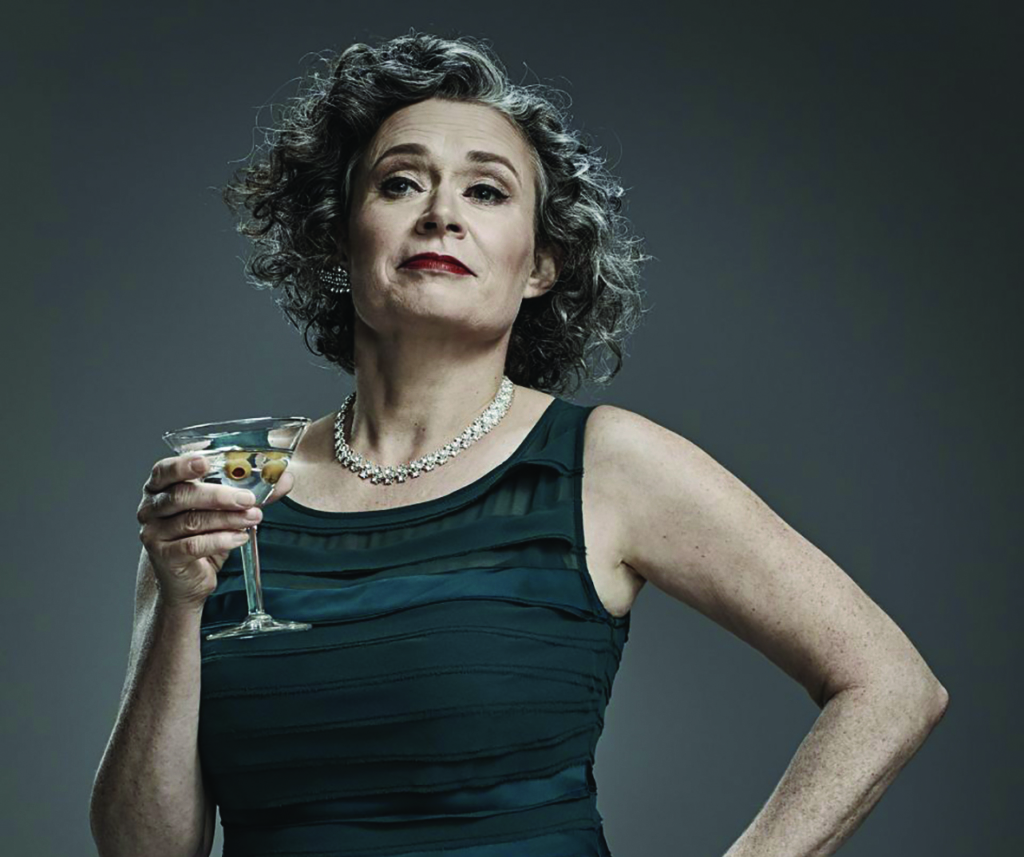
In the 1970s to early 2000s, depictions of female characters in films and television series often relied on a number of archetypes: the mean/aggressive girl,[6]Kathleen Rowe, The Unruly Woman: Gender and the Genres of Laughter, University of Texas Press, Austin, 1995, p. 30. the woman in need of male validation,[7]ibid., p. 131. the domestic woman,[8]ibid., pp. 69–70. the ‘dumb’ or self-deprecating woman,[9]ibid., p. 181. and the ‘mentally unhinged’ or unruly woman.[10]ibid., p. 23–91. As screen academic Rosie White has noted, ‘Appropriate femininity does not apparently encompass having a sense of humour – or more importantly having wit, as in being intelligent, sharp-witted; able to respond verbally if not physically’.[11]White, op. cit., p. 356. In recent Australian screen history, however, a number of female comedians working in skit television, situation comedy, radio, film and stand-up have been making their mark – apart from Scott, there’s Fiona O’Loughlin, Judith Lucy, Magda Szubanski, Kitty Flanagan, Jane Turner and Gina Riley – and these women have paved the way for their contemporaries and successors.
Some of these comedians deliberately align their work with the aforementioned archetypes – O’Loughlin’s schtick, for instance, is centred on her family. But others have sought to subvert them, as seen in Lucy’s self-deprecating humour that involves authentic ‘yarns’ about everyday observations and disappointments. Even the award-winning TV series Kath & Kim – created by and starring Turner and Riley, with Szubanski also in the cast – on the surface aligns its female protagonists with a number of these archetypes, particularly through its representations of domesticity, before turning them on their heads. Through its hyper-feminised characters, the show creates a simulacrum of suburban womanhood that challenges itself and, as academic Wendy Davis has suggested, ‘is also clearly critical of the contemporary field of television, playing around with TV’s obsession with reality and exposing the grotesque carnival implicit in this televisual pursuit’.[12]Wendy Davis, ‘Playing the Television Field: Kath and Kim and the Changing Face of TV Comedy’, Continuum: Journal of Media & Cultural Studies, vol. 22, no. 3, June 2008, pp. 353–61.
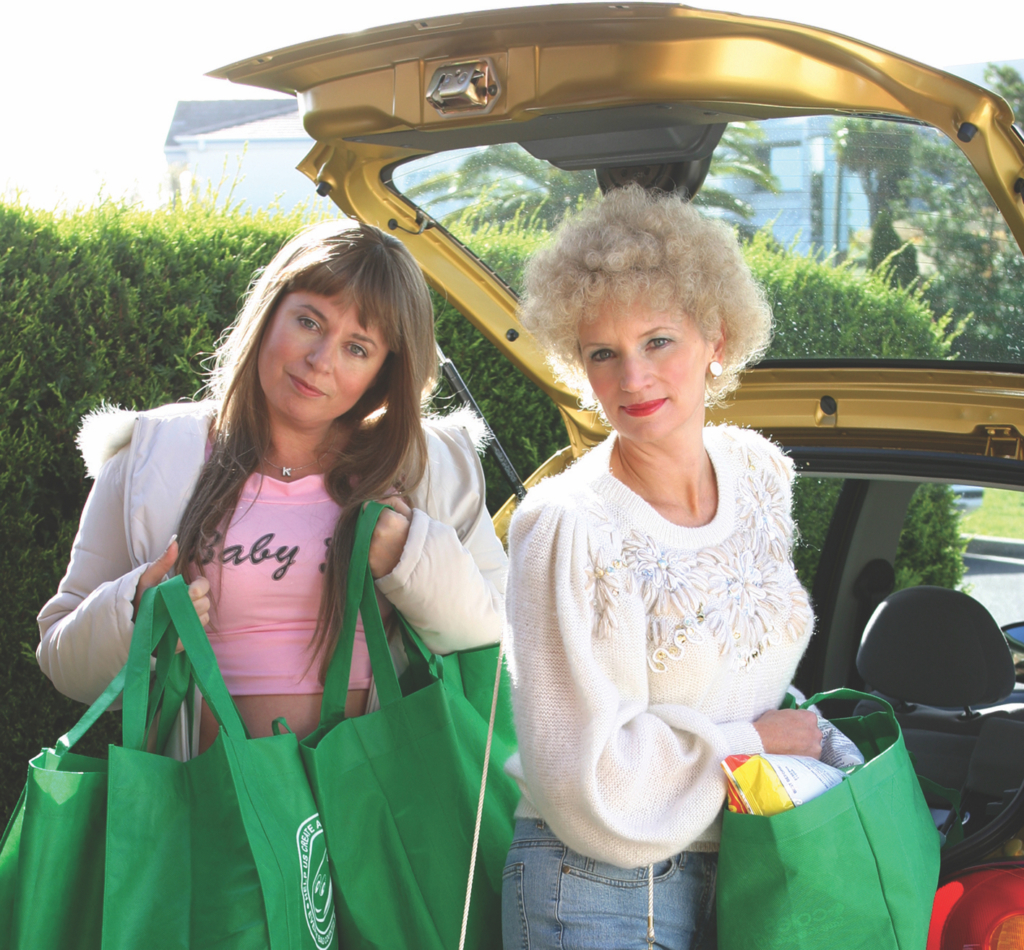
While the female archetypes that were dominant in local comedy up until the early 2000s were those of the ‘domestic’ and the ‘unruly’ woman, this does not mean that the characterisation of these figures was conceived of and executed in an unintelligent manner; female comedians have consistently played with comedic identities in various forms. The issue is that these artistic interventions have not always appeared with regularity on the screen. Now, approaching the end of the 2010s, television and film have collided in an era of on-demand free-to-air television (ABC iview and SBS on Demand come to mind), paid internet-based streaming services (such as Netflix, Stan and Amazon Prime) and the cult of YouTube (and its various user-generated channels). It is within these spaces that we are seeing a sustained presence of diverse Australian female comedic voices and characters. The unique form of media delivery embodied by on-demand and streaming services has allowed for the curation of multiple female comedic identities that can be consumed in a way that has not existed in Australia previously. This trend has additionally positively impacted female comedians by disseminating their work onto more screens, ultimately expanding the comedy canon to which Australian viewers are exposed.
Not only do these streaming and on-demand services offer users instantaneous viewing access to an ever-evolving range of screen-based material, but they are now also – in the case of paid providers – content creators delivering original material. In the Australian context, notable titles within this arena include the Stan Original series The Other Guy, co-written by Becky Lucas, and the Netflix ‘special’ Nanette by Hannah Gadsby. Additionally, Amazon Prime Video recently announced that Rebel Wilson will host and produce the stand-up reality show LOL: Last One Laughing – the first Australian Amazon Original series – which will premiere on the platform next year.[13]Robert Moran, ‘Rebel Wilson to Lead Australia’s First Amazon Original Series’, The Age, 21 August 2019, <https://www.theage.com.au/entertainment/tv-and-radio/rebel-wilson-to-lead-australia-s-first-amazon-original-series-20190821-p52j5n.html>, accessed 21 August 2019. YouTube, in turn, has stayed true to its DIY ethos of content creation and dissemination since its birth in 2005; while much of the platform’s content might be considered less polished than the likes of those on Netflix and its ilk, the impact of YouTube and YouTuber culture cannot be overlooked.
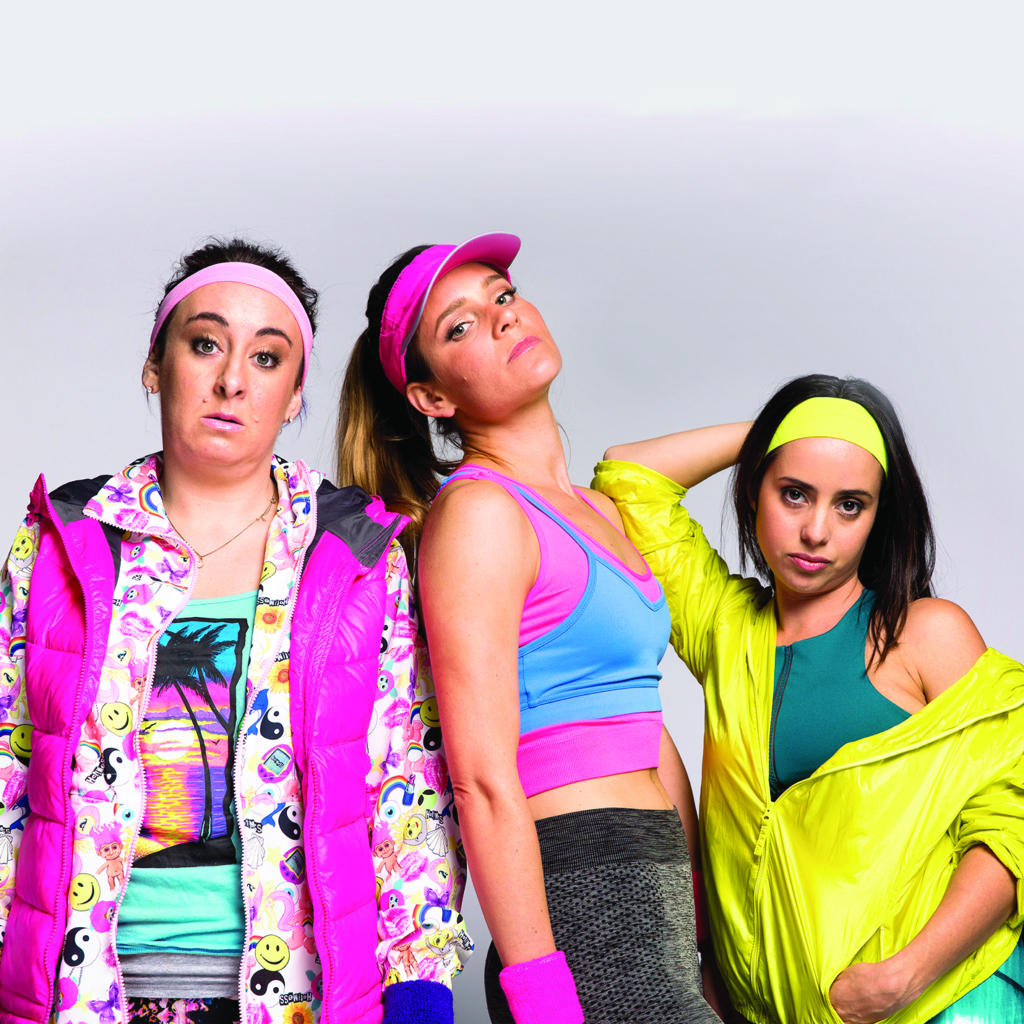
By and large, however, these services function as media curators, offering viewers greater freedom to access a wider range of material; as such, they have the ability to offer artists greater visibility. Titles are ordered and displayed concurrently within genres and subgenres rather than individually separated into channels (as in terrestrial broadcast television), allowing viewers to see texts side by side rather than requiring them to flip through a television guide or ‘surf’ through options. Shows also do not disappear once watched, there is no designated ‘time slot’ within which to view material, and similar or ‘trending’ material is recommended for viewing – effectively ‘flattening’ the hierarchy of consumption. Moreover, if we consider the idea that the goal of streaming and on-demand services is to offer material that is distinct from their ‘old media’ counterparts, then it can be suggested that the emergence of these platforms has created a space for the representation of greater diversity.
One sphere wherein this shift has been acutely exemplified is, of course, comedy: the presentation of title options alongside one another on a streaming or on-demand interface highlights the richness and diversity of female comedic talent on offer. On Netflix, for example, viewers can access not just Nanette but also Kath & Kim, ABC situation-comedy series Upper Middle Bogan (co-created by Robyn Butler and headlined by Annie Maynard), and titles starring noted comedians Wilson (Todd Strauss-Schulson’s 2019 film Isn’t It Romantic, among others) and Claudia O’Doherty (the indie series Love). Similarly, on top of The Other Guy, Stan viewers can enjoy Black Comedy (co-written by and starring Nakkiah Lui, alongside a wealth of Indigenous Australian talent) as well as comedians Judith Lucy and Celia Pacquola on dedicated stand-up program One Night Stan. This degree of variety can also be found on on-demand free-to-air: ABC iview, for instance, offers Upper Middle Bogan and Black Comedy (simultaneously with Netflix and Stan, respectively) as well as Utopia (with Pacquola and Flanagan in the cast), Get Krack!n (created by and starring Kate McCartney and Kate McLennan) and The Letdown (co-created by and starring Alison Bell).
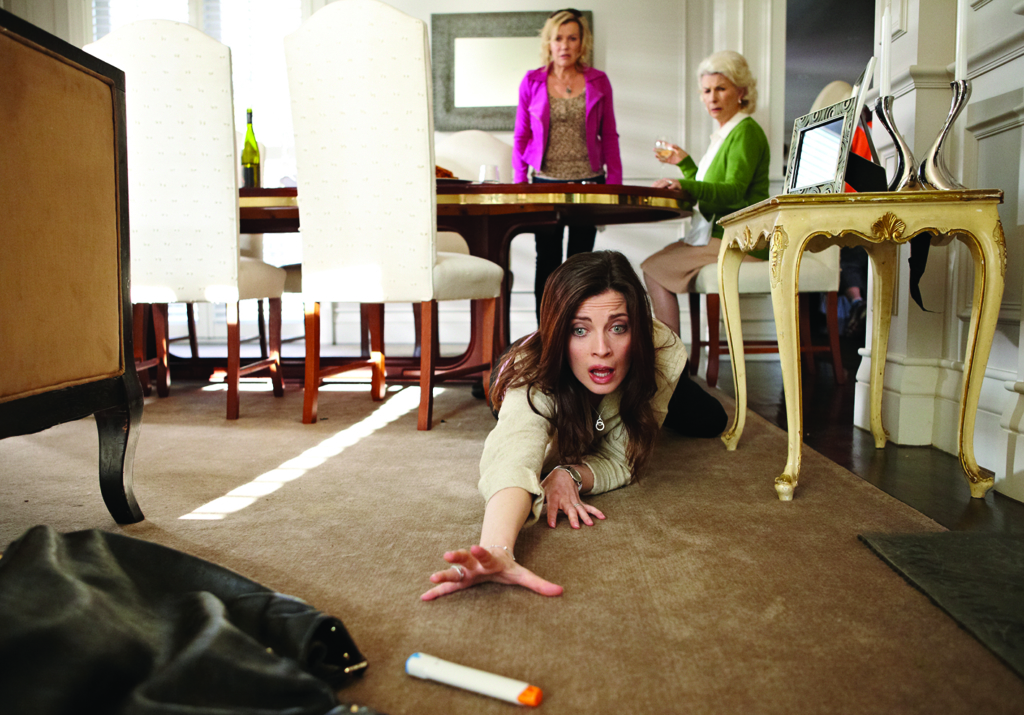
Significantly, these services’ approach to representation is intersectional, addressing visibility in terms of not just gender but also race. The work of Lui, who is of Gamillaroi and Torres Strait Islander descent, includes not just Black Comedy but also Kiki and Kitty, which is available on ABC iview. Alongside Larrakia comedian Miranda Tapsell, Lui also appears in the finale of Get Krack!n, usurping McLennan’s and McCartney’s roles as hosts and offering biting race-based social commentary in what has been referred to as ‘anti-comedy’ and ‘a watershed moment for the medium’.[14]Dom Knight, ‘Comedy at Its Groundbreaking Best: Get Krack!n’s Indigenous Finale’, The Sydney Morning Herald, 28 March 2019, <https://www.smh.com.au/entertainment/comedy/comedy-at-its-groundbreaking-best-get-krack-n-s-indigenous-finale-20190328-p518ic.html>, accessed 15 August 2019. Additionally, a non-white female voice is platformed in SBS on Demand’s Homecoming Queens, co-scribed by and starring Chinese-Australian writer Michelle Law; of the decision to pen a web series, co-writer Oliver Reeson points to how ‘it’s impossible now to pretend that these diverse narratives and these multitudes of stories don’t exist […] there is an audience, people are interested in these sorts of narratives’.[15]Oliver Reeson, quoted in Caris Bizzaca, ‘Homecoming Queens: Why You’ll Find Them Online’, Screen News, Screen Australia website, 11 April 2018, <https://www.screenaustralia.gov.au/sa/screen-news/2018/04-11-homecoming-queens-why-they-are-online>, accessed 15 August 2019.
These services function as media curators, offering viewers greater freedom to access a wider range of material … the emergence of these platforms has created a space for the representation of greater diversity.
In this vein, Netflix has paved the way for LGBTQIA+ voices through its airing of Nanette. Writing for Metro, trans critic Fury suggests that the lesbian-identifying Gadsby’s now-infamous comedy performance ‘unpacks and subverts decades of stand-up formula, and it is a departure from the unspoken rule that only men can use anger in comedy’.[16]Fury, ‘Trauma Tourism: The Complicated Comedy of Hannah Gadsby’s Nanette’, Metro, no. 199, 2019, p. 47. Nanette certainly offers something that the canon was missing: an authentic female and queer voice that not only cleverly questions the world – including its treatment of queer people and handling of trauma – but also the comedy genre as a whole. It is an insight shared by many of Gadsby’s contemporaries, who, through quick wit and storytelling acuity, use their voices to transcend gender-based comedic archetypes and offer audiences fresh perspectives on the minutiae of the human condition.

It’s worth acknowledging that some of today’s female comedians are cutting their teeth in the context of YouTube then swiftly move beyond that domain. McLennan and McCartney’s start came with The Katering Show, which began life on YouTube before it was picked up by the ABC in 2016. Additionally, channels such as Skit Box and SketchShe, which are reviving the sketch-comedy form by infusing cultural commentary with strong parodic wit, have begun seeing success outside of YouTube: the comedians behind SketchShe performed on The Ellen Degeneres Show in 2015,[17]See Blake Nadilo, ‘“We Still Can’t Believe Our First Interview Was Ellen!”: Meet SketchShe, the Aussie Girls Who Had Ellen DeGeneres in Stitches’, Woman’s Day, 8 June 2015, available at <https://www.nowtolove.com.au/news/viral-news/we-still-cant-believe-our-first-interview-was-ellen-meet-sketchshe-the-aussie-girls-who-had-ellen-degeneres-in-stitches-30023>, accessed 15 August 2019. while the Skit Box collective, after their video ‘Activewear’ went viral, were invited in 2016 to create Wham Bam Thank You Ma’am for the ABC as part of Screen Australia’s Fresh Blood program.[18]See ‘Skit Box in Production on Wham Bam Thank You Ma’am for ABC’s Fresh Blood’, media release, ABC, 16 August 2016, <https://tv.press.abc.net.au/skit-box-in-production-on-wham-bam-thank-you-maam-for-abcs-fresh-blood>, accessed 15 August 2019. Another notable example is Australian YouTuber ‘Georgia’ of Georgia Productions: the nineteen-year-old has racked up over 84 million views at the time of writing, including for her video ‘Dear America … Why Don’t You Like Me?’, in which she attempts every YouTube ‘trending’ challenge possible. Her success is such that she now has a book out, 2018’s The Amazingly Disorganised Help Dictionary, published by Penguin.[19]See ‘Georgia Productions’, Penguin Books Australia website, <https://www.penguin.com.au/authors/georgia-productions>, accessed 15 August 2019. These cases demonstrate YouTube’s effectiveness as a launching pad for new, diverse comedic voices.
Streaming and on-demand services do not simply offer viewers access to comedy at their leisure. Free streaming platforms like YouTube have given female comedians a space to experiment, find their voice and share their work. Free-to-air on-demand has provided avenues for them to capture and hone their craft. And paid streaming services allow the work of these creatives to be brought together in an effectively curated manner. Together, these new opportunities for viewing broaden our appreciation and understanding of female comedy from this country. Australian female comedic talent has always existed in abundance, but now we get to enjoy it at the touch of a button.
Endnotes
| 1 | See, for example, Kate Sanborn, The Wit of Women, Funk & Wagnalls, New York, 1885; Alessandra Stanley, ‘Who Says Women Aren’t Funny?’, Vanity Fair, 3 March 2008, <https://www.vanityfair.com/news/2008/04/funnygirls200804>, accessed 15 August 2019; Nancy A Walker, A Very Serious Thing: Women’s Humor and American Culture, University of Minnesota Press, Minneapolis, 1988; and Rosie White, ‘Funny Women’, Feminist Media Studies, vol. 10, no. 3, 2010, pp. 355–8. |
|---|---|
| 2 | Stanley, ibid.; and White, ibid., pp. 355–8. |
| 3 | Peter Dickinson et al., ‘Introduction: Dorothy Parker’s Headache’, in Dickinson et al. (eds), Women and Comedy: History, Theory, Practice, Fairleigh Dickinson University Press, Plymouth, UK, 2013, pp. xix–xxiv. |
| 4 | Walker, op. cit., p. xii. |
| 5 | Denise Scott, quoted in Katherine Feeney, ‘Stand-up Sisters Are In on the Joke’, The Sydney Morning Herald, 24 February 2011, <https://www.smh.com.au/entertainment/standup-sisters-are-in-on-the-joke-20110223-1b5hc.html>, accessed 15 August 2019. |
| 6 | Kathleen Rowe, The Unruly Woman: Gender and the Genres of Laughter, University of Texas Press, Austin, 1995, p. 30. |
| 7 | ibid., p. 131. |
| 8 | ibid., pp. 69–70. |
| 9 | ibid., p. 181. |
| 10 | ibid., p. 23–91. |
| 11 | White, op. cit., p. 356. |
| 12 | Wendy Davis, ‘Playing the Television Field: Kath and Kim and the Changing Face of TV Comedy’, Continuum: Journal of Media & Cultural Studies, vol. 22, no. 3, June 2008, pp. 353–61. |
| 13 | Robert Moran, ‘Rebel Wilson to Lead Australia’s First Amazon Original Series’, The Age, 21 August 2019, <https://www.theage.com.au/entertainment/tv-and-radio/rebel-wilson-to-lead-australia-s-first-amazon-original-series-20190821-p52j5n.html>, accessed 21 August 2019. |
| 14 | Dom Knight, ‘Comedy at Its Groundbreaking Best: Get Krack!n’s Indigenous Finale’, The Sydney Morning Herald, 28 March 2019, <https://www.smh.com.au/entertainment/comedy/comedy-at-its-groundbreaking-best-get-krack-n-s-indigenous-finale-20190328-p518ic.html>, accessed 15 August 2019. |
| 15 | Oliver Reeson, quoted in Caris Bizzaca, ‘Homecoming Queens: Why You’ll Find Them Online’, Screen News, Screen Australia website, 11 April 2018, <https://www.screenaustralia.gov.au/sa/screen-news/2018/04-11-homecoming-queens-why-they-are-online>, accessed 15 August 2019. |
| 16 | Fury, ‘Trauma Tourism: The Complicated Comedy of Hannah Gadsby’s Nanette’, Metro, no. 199, 2019, p. 47. |
| 17 | See Blake Nadilo, ‘“We Still Can’t Believe Our First Interview Was Ellen!”: Meet SketchShe, the Aussie Girls Who Had Ellen DeGeneres in Stitches’, Woman’s Day, 8 June 2015, available at <https://www.nowtolove.com.au/news/viral-news/we-still-cant-believe-our-first-interview-was-ellen-meet-sketchshe-the-aussie-girls-who-had-ellen-degeneres-in-stitches-30023>, accessed 15 August 2019. |
| 18 | See ‘Skit Box in Production on Wham Bam Thank You Ma’am for ABC’s Fresh Blood’, media release, ABC, 16 August 2016, <https://tv.press.abc.net.au/skit-box-in-production-on-wham-bam-thank-you-maam-for-abcs-fresh-blood>, accessed 15 August 2019. |
| 19 | See ‘Georgia Productions’, Penguin Books Australia website, <https://www.penguin.com.au/authors/georgia-productions>, accessed 15 August 2019. |
